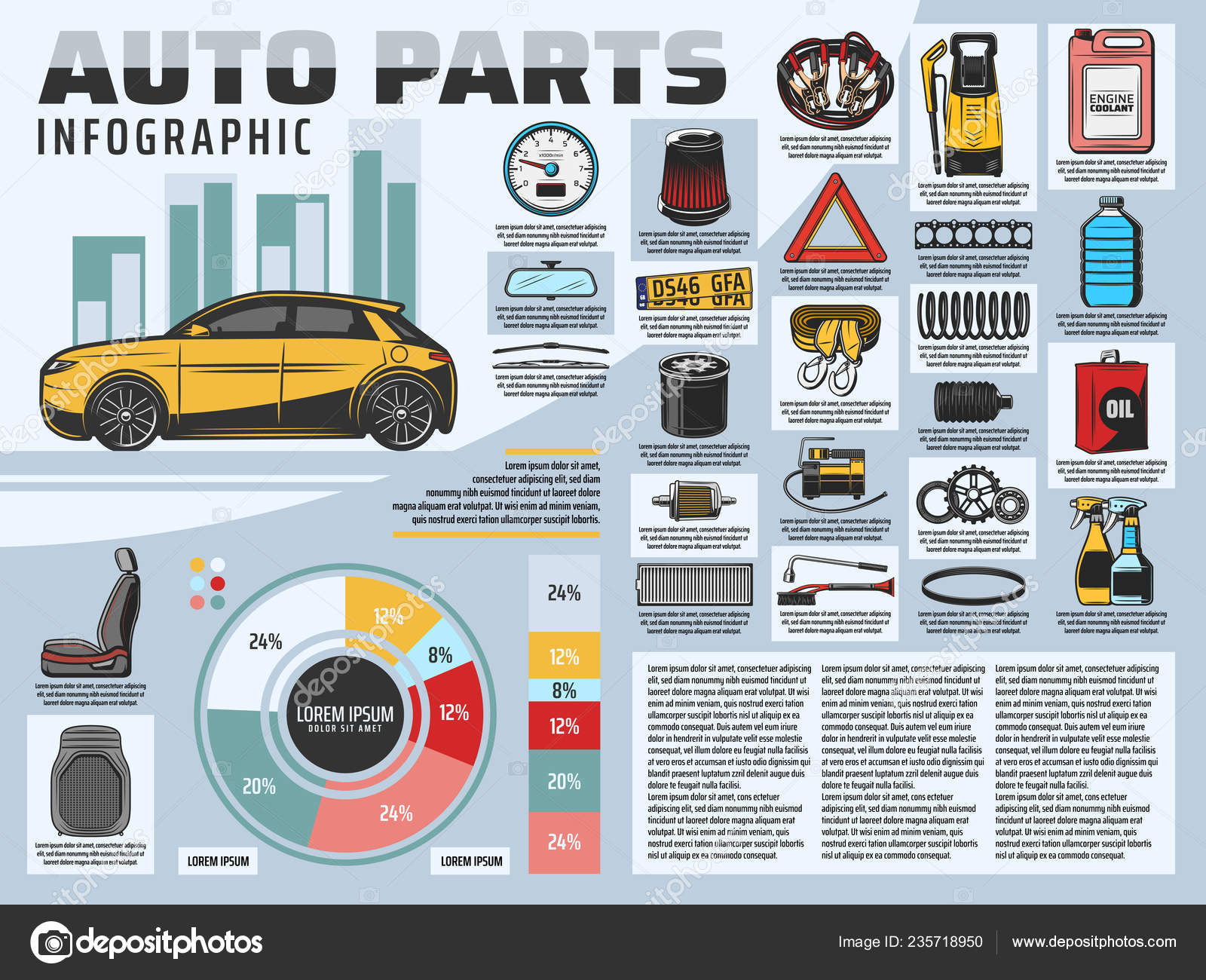Checking Out Brake Equipments: Common Troubles And Practical Solutions For Repair
Checking Out Brake Equipments: Common Troubles And Practical Solutions For Repair
Blog Article
Authored By-McGrath White
When it pertains to your vehicle's brake system, recognizing common concerns can save you from potential safety and security risks. From identifying brake pad wear to resolving brake liquid leaks, understanding how to deal with these issues is vital. However what regarding those spongy brake pedals? There's a solution for that too. Remain tuned to find out more concerning these concerns and the functional remedies that can maintain you safely on the road.
Brake Pad Use and Replacement
When it concerns keeping your vehicle's brake system, one crucial aspect to watch on is the wear and substitute of brake pads. Brake pads are essential parts that press versus the brake rotors to reduce or stop your automobile. In time, these pads wear down as a result of friction, calling for normal assessment and substitute to ensure your brakes work efficiently.
To identify if your brake pads require replacement, pay attention for shrieking or grinding sounds when you apply the brakes. Furthermore, if https://car-brakes-near-me95162.blogchaat.com/29986466/enter-the-universe-of-auto-mechanic-accreditations-and-reveal-the-methods-they-can-transform-your-strategy-to-automobile-maintenance takes longer to quit or you see resonances or pulsations when braking, it may be time to replace the brake pads.
Ignoring worn brake pads can lead to lowered braking performance, damages to various other brake parts, and even brake failing.
Changing brake pads is a relatively simple procedure for several automobiles. Nevertheless, if you're unclear or unpleasant doing this task, it's finest to speak with an expert mechanic to guarantee appropriate installation and optimum brake efficiency.
Regularly checking and changing https://air-lift-performance-kits51616.ttblogs.com/9498767/the-comprehensive-handbook-for-vehicle-explaining-key-tips-to-attain-a-display-room-finish is essential for your security and the long life of your vehicle's braking system.
Brake Fluid Leaks and Maintenance
To guarantee your vehicle's brake system operates optimally, it is essential to likewise take note of brake fluid leaks and upkeep. Brake fluid is crucial for sending the force from your foot on the brake pedal to the real braking mechanism. One usual problem with brake liquid is leaks, which can occur because of tatty brake lines, seals, or connections. If you observe a pool or drips under your auto, it's essential to address the leak without delay to prevent a prospective brake failure.
Routinely inspecting your brake fluid degree is key to maintaining your brake system. Low brake liquid can result in air going into the brake lines, which jeopardizes braking efficiency.
Additionally, old or infected brake fluid can impact the total performance of your brakes. It's advised to follow the producer's guidelines on when to change the brake liquid, commonly every 2 years.
Spongy Brake Pedal: Blood Loss Brakes
If you have actually ever before experienced a spongy brake pedal while driving, you understand the value of preserving a firm and receptive stopping system. One typical reason for a squishy brake pedal is air trapped in the brake lines. When air goes into the brake system, it can bring about a loss of hydraulic stress, causing that upsetting mushy sensation when you press the brake pedal.
To fix this issue, bleeding the brakes is necessary. Hemorrhaging the brakes entails eliminating the air from the brake lines to recover appropriate hydraulic stress.
To hemorrhage the brakes, you'll need an assistant to help you. Start by situating the brake bleeder shutoff on each wheel, normally found near the brake caliper. With a wrench, loosen up the shutoff and have your assistant press the brake pedal while you observe any type of air bubbles coming out. Repeat this procedure for each and every wheel, starting from the wheel farthest from the master cyndrical tube and moving more detailed.
When you no longer see air bubbles and just clear liquid emerges, tighten the shutoff and top up the brake fluid storage tank as required. Hemorrhaging https://www.enidnews.com/news/local_news/work-to-affect-motorists-in-parts-of-enid/article_f76e2e5e-0c62-11ed-81ca-b3a8fd133135.html guarantee a company brake pedal and enhances general stopping performance.
Verdict
Since you recognize usual brake issues and how to repair them, you can guarantee your automobile's security and efficiency. Remember to pay attention for warning signs like shrilling sounds or squishy brake pedals, and resolve them without delay. Regular upkeep and timely substitutes are crucial to maintaining your brakes in top condition. Stay proactive and alert to your brake system to delight in risk-free and reliable driving experiences.
